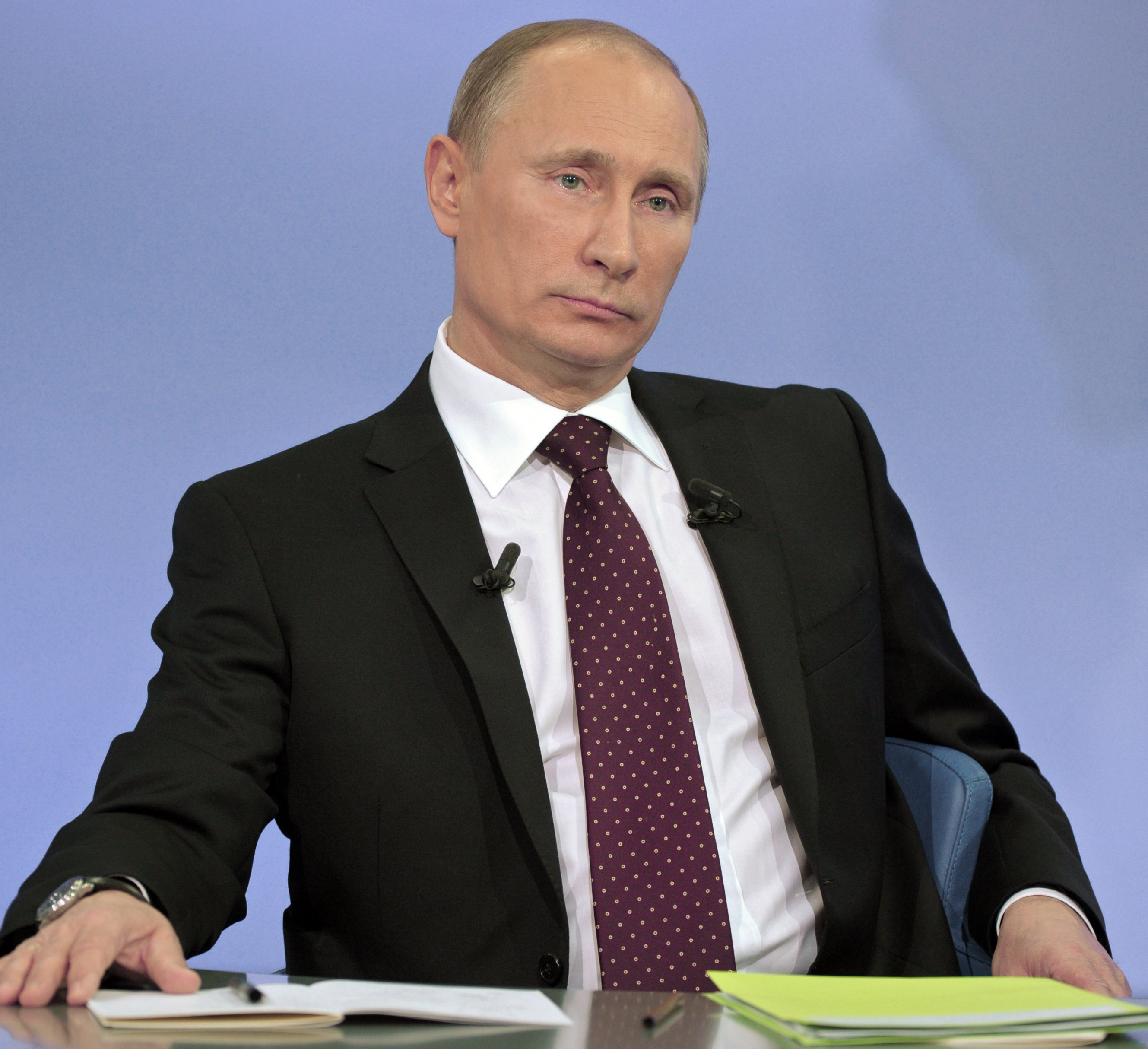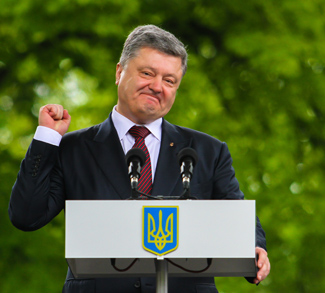With a battered economy and a GDP-to-debt ratio approaching 100%, Ukraine is drawing a lot of comparisons to Greece. Yet in many ways it is not a fair one. After all, Ukraine has seen part of its territory expropriated outright and another part descend into a slow-burn civil war. Together these areas account for 20% of Ukraine’s pre-conflict economic output. Greece and Ukraine also diverge on matters of reform – Ukrainian lawmakers have been eager to pass reforms and never had the problem of bloated pensions and welfare outlays to deal with.
But it’s not just the disease where Ukraine differs; it wants a separate cure as well. Kiev has watched as Greece has borrowed to pay off debt, only to have to pay off more debt, with no real investment into the country’s future productive capacity. Four years into the Greece sovereign debt crisis and there’s a widely-held feeling that not much has been accomplished. The Greek economy has shrunk by over 25%, its debt-load is still unsustainable, and its population is exhausted by austerity.
Ukraine wants to avoid the same fate, and this is the starting point for its current fight with creditors. Kiev is on the hook for about and $70 billion, $40 billion of which comes due before 2020. With its own finances and an IMF bailout of $17.5 billion, that leaves a $7 billion unfunded shortfall that will need to be made up in private credit markets or added revenue from economic growth.
Ukraine’s creditor problem doesn’t stem from the IMF, or Russia, but primarily a group of four private creditors consisting of T. Rowe Price, BTG Pactual, TCW Group, and Franklin Templeton, which together hold $8.9 billion in Ukrainian debt. Kiev is pushing for them to take a haircut of at least 40% on their holdings, a stance that is strongly backed by the IMF (which cannot write-down its own holdings as per the organization’s rules). The creditor group is holding out and countering with an offer of extended maturation, low rates, and new bond issuances that would link returns to Ukraine’s GDP performance.




